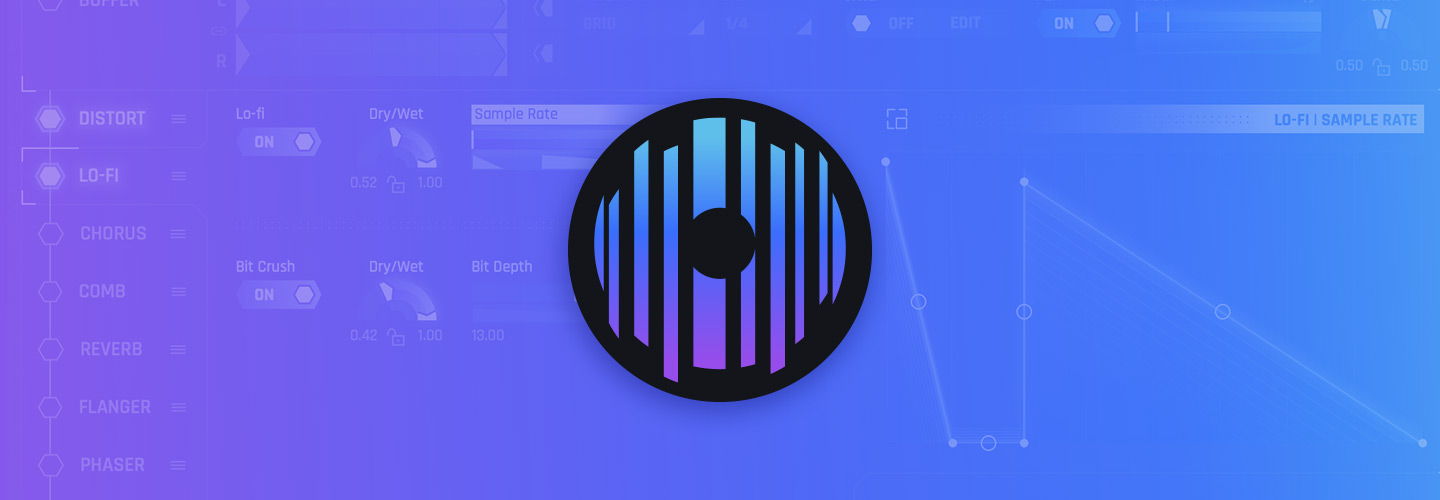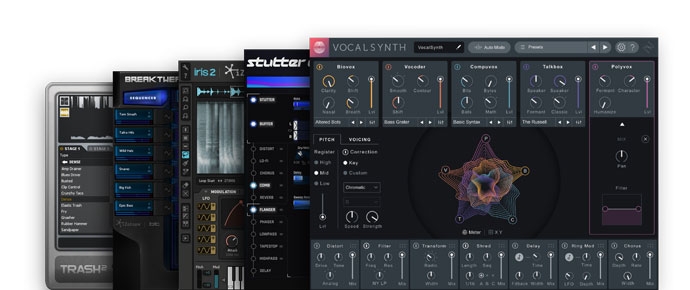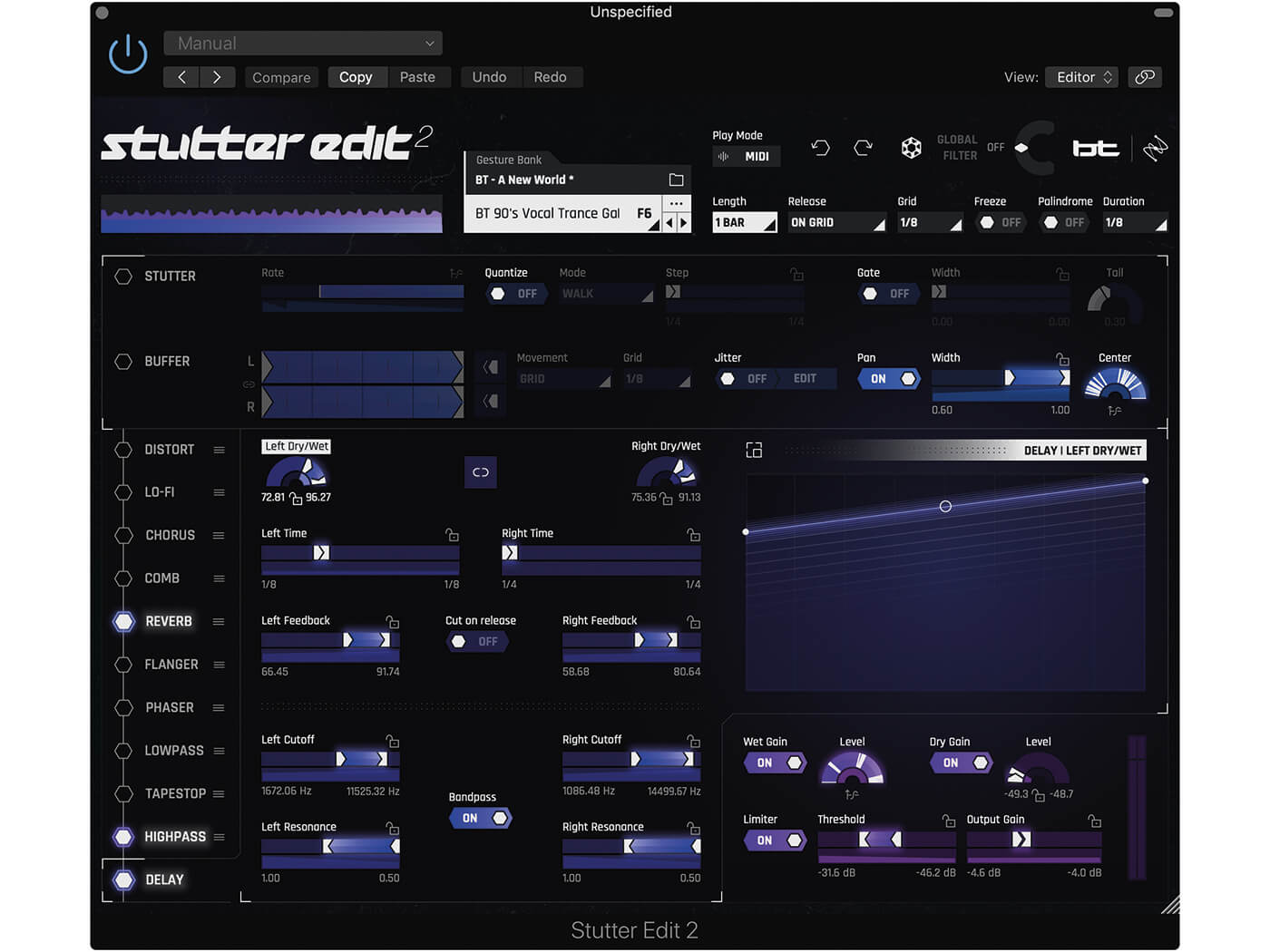
You can also reverse shapes, and save curves to recall them later. You can select specific time divisions and keyboard pitches, which are presented on the grid and make it easy to program fills and melodies.

You can place multiple nodes and then curve each line, and you can draw freehand or snap to the grid.
#IZOTOPE STUTTER EDIT 2 FULL#
This is a gamechanger when it comes to the stutter and buffer, as it lets you get stuck in to the programming of glitches on specific hits and complex sweeps.Ĭlicking on a parameter will see the curve editor display the envelope, and double-clicking will do so in full screen for easier editing. Almost every parameter has its own envelope, allowing you to create wild custom modulations for multiple effects. The most significant feature of Stutter Edit 2 is its split-point envelope, which iZotope calls the Time-Variant Modifier Curve (TVM curve). There, however, they were controlled via a simple LFO.

All the aforementioned parameters were available on 2010’s original Stutter Edit. There are also jitter controls that can add pitch and rhythmic offsets to the left and right sides of the buffer, as well as pan and width controls. You can select different grid sizes for the repeats and even chose random movement, ideal for jungle-style beat reshuffling. You could feed in a single slice or use different parts of the audio buffer in combination with reverse and left and right offsets to produce madcap stereo loops. The buffer control below lets you selects which part of the audio you’re feeding into the stutter. These chops can be quantised to the beat, with length altered via the gate and tail controls. The stutter control takes incoming audio and repeats it in time divisions or at super-fast audio rates, causing pitched sounds. Stutter Edit 2 is essentially built from two sections: the stutter and buffer sections at the top of the GUI, and the multi-effects section below. This means you have two filters on one keyboard control, which automatically snaps to the centre/off position. There’s a global resonant high- and low-pass filter atop the GUI, which is assigned to the pitch wheel by default. Settings such as bar length (from 16th notes to two bars), palindrome looping and how the effect reacts when the key is pressed and released are saved along with each gesture. If you want to build your own bank, you can drag and drop to assign individual gestures to each key on the keyboard. These include vocal transitions, cinematic sound effects, master-bus fills and build-ups, sidechains and trance gates, beat grooves, synth-bass modulations and many more. There are plenty of presets that show off the range of the plug-in, including many designed by BT himself. Stutter Edit 2 can sense which DAW you’re using, and will show you a step-by-step guide when you select MIDI play mode. Some require a separate instrument track to host the plug-in, with audio fed in via the sidechain input. The triggering of these gestures differs depending on your DAW. You can perform these modulating effects by simply hitting a key or by using the useful new Auto mode, which automatically plays your selected gesture on loop.


Its presets are called gestures, and can be assigned to MIDI keys and saved as banks.


 0 kommentar(er)
0 kommentar(er)
